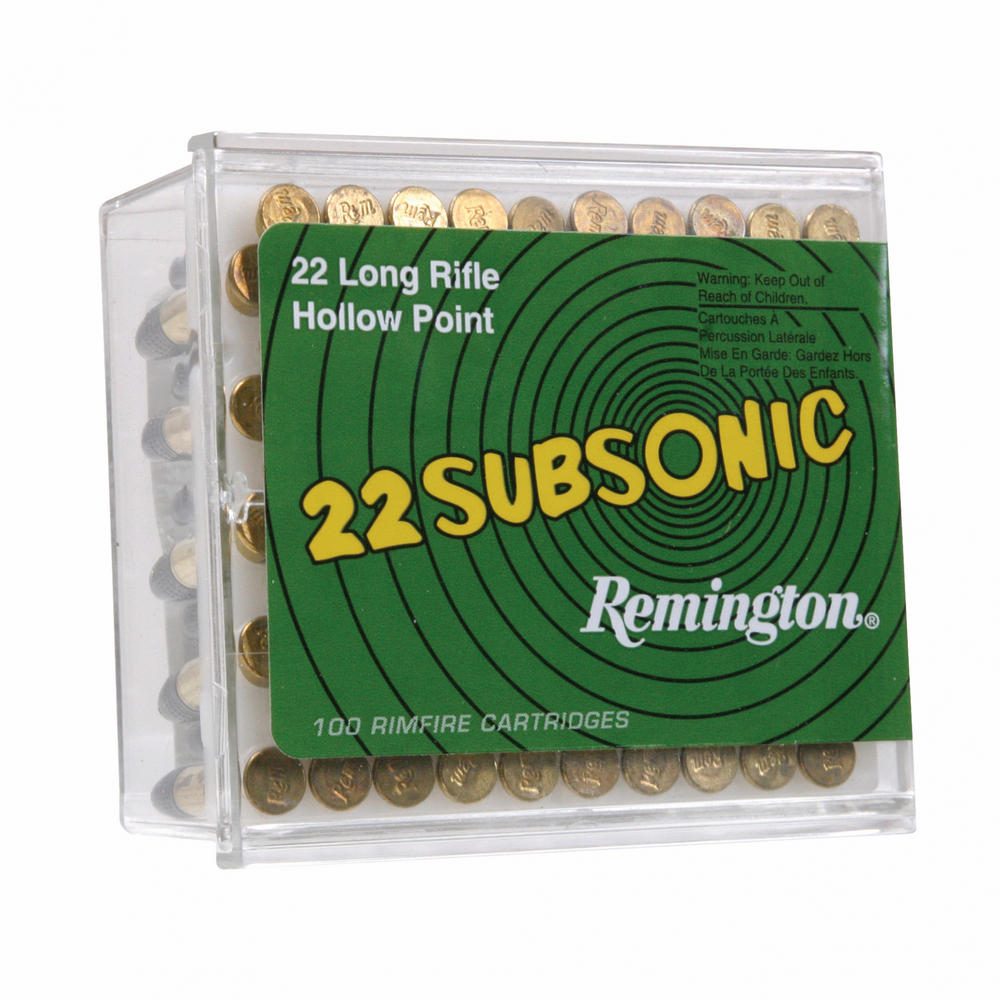

Another reader writes about the distinct "crack" sound made by bullets: "During my military training, we were taught there were two elements required to detect offensive ranging: the crack of the bullet as it passes nearby, and the sound of the rifle report which is what you are referring to above." While a silencer would take away the rifle "report," there's still a crack, but it'd be hard to determine where the bullet came from with just the crack. It has diddly to do with the projectile." Instead of gases rushing past the bullet, case mouth obturation has to do with gases going backwards into the action of the firearm. "This is when the casing expands to fill the chamber. "The solicitation refers to case mouth obturation," he writes. Readers have also pointed a few places where I've seem to have gone wrong. *Update: *One former military reader writes: "Based on the solicitation, it is pretty clear that the person writing the requirement does not completely understand what they are talking about." One issue involves the desired reduction in sound of 40 decibels, which is "quite ambiguous," the reader emails Danger Room, considering that even the best suppressors typically only get into a reduction of 30 decibels. One proposed replacement, the Steyr ACR, used polymer cartridges, but supposedly suffered from inaccuracy due to the strength of the cartridges being inconsistent, though this could be conceivably solved by testing cartridges until they fire consistently. During the late 1980s and early 1990s, the Army spent $300 million on a canceled project called Advanced Combat Rifle to replace the standard M16 rifle. To do it, the Defense Department might want to go back to the future. Using subsonic bullets also causes a greater risk of jamming, which in a firefight could mean the difference between life and death. Likewise, a bullet can't be too light or too heavy, because too much in either direction can prevent the bullet from obturating. The melted leading can be a pain in the ass to remove, and can permanently damage the weapon unless it's cleaned. In technical jargon, the failure of a clean "burn" and the resulting lowered accuracy and range is called a failure of "obturation." Normally, a bullet expands - or obturates - to the size of its barrel after being fired, keeping the bullet on target and preventing the gases that propel it from rushing past and melting to the inside of the gun. makes it hard to get a clean burn of the propellant causing rapid fouling of the weapon." This results in bullet that is far and away less accurate, doesn't go nearly as far, and "creates lower pressures which. According to the solicitation, subsonic bullets "experience significant accuracy problems due to excessive deviations in velocity." The gunpowder (or propellant charge) for a subsonic bullet has to be used in smaller quantities than for a normal bullet, and the bullet itself has to be heavier. Breaking the sound barrier also pretty much negates the use of a sound suppressor, or "silencer," which the special forces would likely want to use against militants in Afghanistan and around the world.įor one, to keep a bullet from breaking the sound barrier - 1,100 feet per second at sea level - requires several trade-offs at higher calibers. 338 calibers, the bullets will travel at low enough velocities to avoid breaking the sound barrier, thus creating no "crack" noise. In theory, and for rifles in the 5.56, 7.62 and.

The reason, according to the solicitation, is to " provide superior covert and stealth capabilities" for not only the military, but police forces and the Department of Homeland Security. In its latest round of small-business solicitations, the Pentagon's Special Operations Command, or SOCOM, is seeking out subsonic ammunition.

Now the commandos want to be sneakier with slower, quieter bullets. Most bullets make small sonic booms when flying through the air, which to our ears sound like a loud, distinct " crack!" For the Pentagon's special forces, that makes it hard to be sneaky about what they're shooting.


 0 kommentar(er)
0 kommentar(er)
